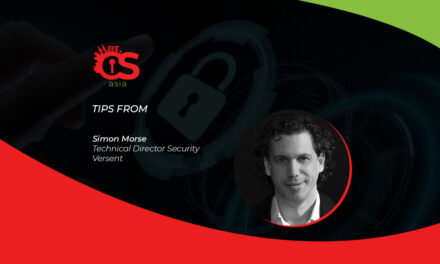Open the attached PDF file and click on the malicious URL to fall victim to crypto-phishing.
Data from 2022 in one cybersecurity services firm has pointed to a significant rise in crypto-related phishing, amounting to a 40% year-on-year growth over the incidents in 2021.
However, in South-east Asia, the firm handled 64,080 crypto-phishing incidents: 15% lower than 2021’s number. The drop in crypto-phishing was mainly detected in Singapore (-74%), Thailand (-51), and Vietnam (-15%). However, the threat continued to grow in the Philippines (170%), Indonesia (+26%), and Malaysia (4%).
This increase in crypto phishing could be partially explained by the havoc on the crypto market that occurred last year. However, it is still unclear whether the trend will continue, which will depend on the trust that users place in cryptocurrency.
Latest crypto-phishing innovation
According to Kaspersky analysts, who revealed this finding, most crypto scams are traditional tricks involving fake giveaway or fake wallet phishing pages. However, scammers are constantly coming up with new techniques to ensure their success.
In one recent innovation, scammers were sending out a PDF file in English to potential victims stating that they had allegedly registered on a cryptocurrency cloud mining platform a long time ago and needed to “urgently” withdraw a lot of crypts before the account would become inactive.
The PDF file contains a link to a fake mining platform that lures victims into providing personal information (including credit card or account numbers) and paying a fee — in this case, through a crypto wallet or directly to a specified (fraudster’s) wallet address.

According to Kaspersky Managing Director (Asia Pacific) Chris Connell: “South-east Asia is home to diverse countries and continues to lead globally in terms of cryptocurrency adoption. With the highly active play-to-earn gamers plus the remittance usage of cryptocurrency in countries with high overseas workers, we expect to see more adopters in the region, (making it essential) to develop that protection-first mindset against attacks related to this useful technology.”





















